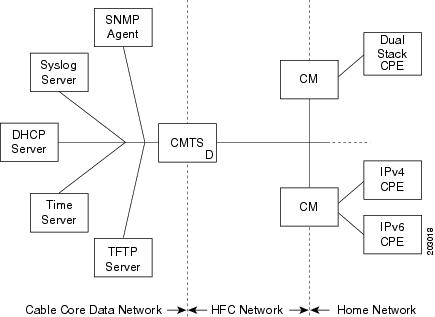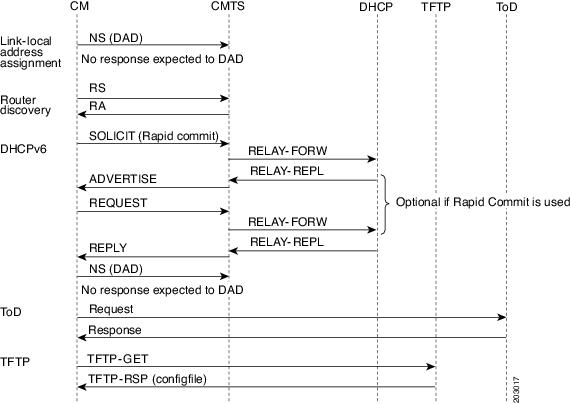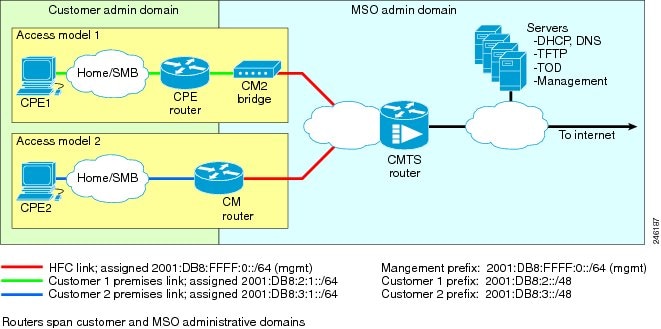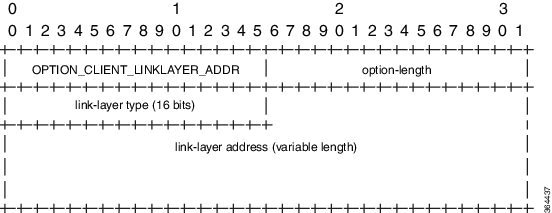Hardware Compatibility Matrix for the Cisco cBR Series Routers
 Note |
The hardware components that are introduced in a given Cisco IOS-XE Release are supported in all subsequent releases unless otherwise specified. |
|
Cisco CMTS Platform |
Processor Engine |
Interface Cards |
|---|---|---|
|
Cisco cBR-8 Converged Broadband Router |
Cisco IOS-XE Release 16.5.1 and Later Releases Cisco cBR-8 Supervisor:
|
Cisco IOS-XE Release 16.5.1 and Later Releases Cisco cBR-8 CCAP Line Cards:
Digital PICs:
Cisco cBR-8 Downstream PHY Module:
Cisco cBR-8 Upstream PHY Modules:
|





 Feedback
Feedback